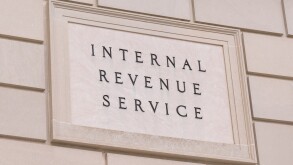The draft follows the proposal for introduction of use of multiple year data and the rang’ concept in the Indian Transfer Pricing (TP) Regulations by the Minister in his 2014 budget speech. The salient features of the draft scheme are as follows:
Use of range concept
· The range concept shall be used in case the taxpayer is using transactional net margin method (TNMM), cost plus method (CPM) or resale price method (RPM) with a minimum of nine comparable entities of tested party.
· The draft scheme proposes that if the transfer price falls within the 40th to 60th percentile of the three year weighted average data of each of nine entities (or more), no adjustment shall be made. For calculating the weighted average, the numerator and denominator of the chosen profit level indicator (PLI) would be aggregated for all the years for every comparable entity and the margin would be computed thereafter; and
· If the transfer price falls outside the above range, the median of the range would be taken as arm’s-length price (ALP) and accordingly adjustment shall be made.
Use of multiple year data
· Three multiple years’ data (including the year in which the transaction is undertaken) would be used to determine the ALP in case TNMM, CPM or RPM is used as most appropriate method.
· Usage of multiple years’ data for two years instead of three in case data of current year is not available or a comparable fails the quantitative filter of one year or a comparable may have commenced operations only in the last two years or may have closed down the operations during the current year. The current year data can be used by both the tax officer and the taxpayer at the time of audit if the same is available at that time.
The proposed scheme clarifies that in cases where the range concept does not apply, the arithmetic mean concept and the benefit of tolerance range (as per existing provisions) shall continue to apply with the use of multiple year data.
The Indian government has proposed a range of data points lying within the 40th to 60th percentile of the data set. However, globally the norm is for use of data points within the 25th to 75th percentile. How the stakeholders react to the proposed restriction and the final stand Indian Government will take is something to look out for.
Furthermore, the scheme proposes to limit the application of range concept and use of multiple year data to three methods, namely, TNMM, RPM and CPM. Though the same is a much needed progress towards reducing litigation and compliance challenges for Indian taxpayers, but it is likely to generate debate regarding the possible reasons for not extending the same to profit split method as well as other method.
By Rajeev Jain, Director, Grant Thornton India LLP









